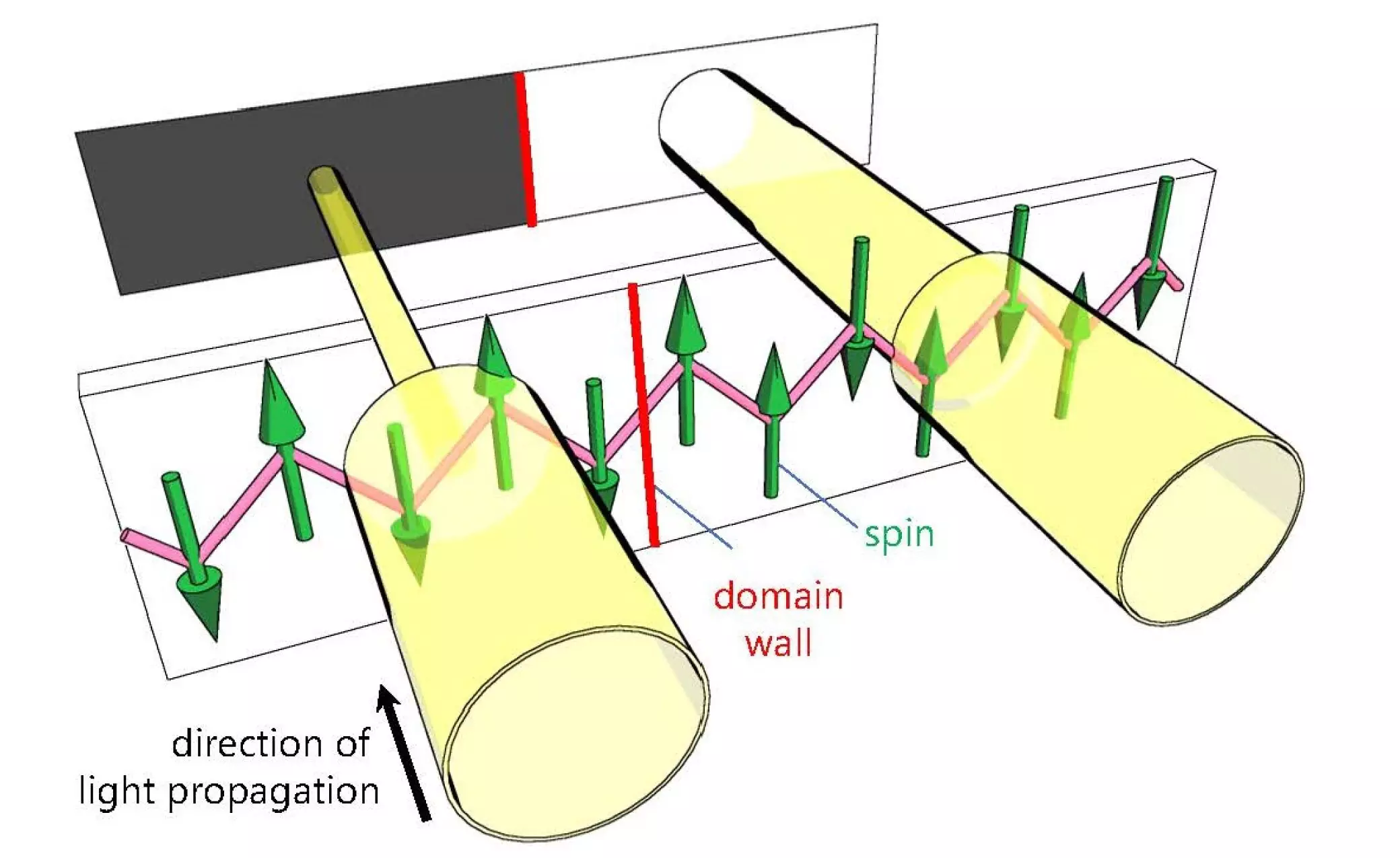In the ever-evolving field of materials science, magnets have historically held a central place due to their everyday applications and intriguing properties. Recently, however, researchers from Osaka Metropolitan University and the University of Tokyo have turned the spotlight on a unique class of magnetic materials known as antiferromagnets. Their efforts shed light on the intricate behaviors within these materials, especially as they pertain to quantum mechanics. By employing innovative methods, the team was able to observe and manipulate magnetic domains—a feat that could lay the groundwork for significant advancements in technology.
Antiferromagnets: A Unique Challenge
Unlike conventional ferromagnets, which exhibit north and south poles due to parallel spins, antiferromagnets feature magnetic spins that align in opposite directions. This arrangement nullifies any net magnetic field, often rendering them invisible to traditional magnetic observations. Antiferromagnets, particularly those boasting quasi-one-dimensional characteristics, are of growing interest among technologists aiming to develop next-generation electronic devices and advanced memory systems. However, their study presents several hurdles: these materials usually possess low magnetic transition temperatures and diminutive magnetic moments, making visualization and manipulation a daunting task.
Kenta Kimura, an associate professor and lead researcher of this groundbreaking study, recognized these challenges. “Observing magnetic domains in quasi-one-dimensional quantum antiferromagnetic materials has been difficult due to their low magnetic transition temperatures and small magnetic moments,” he explained. Despite these hurdles, the team was committed to unlocking the mysteries of these fascinating materials.
To address the limitations of conventional observation techniques, Kimura and his colleagues turned their attention to BaCu2Si2O7, a specific quasi-one-dimensional quantum antiferromagnet. They harnessed the principle of nonreciprocal directional dichroism, a phenomenon where the absorption of light changes based on its direction or the magnetic moments of the material. This novel approach enabled the research team to visually identify magnetic domains within BaCu2Si2O7, revealing a collection of opposite domains coexisting within a single crystal structure. The team also discovered that domain walls aligned mainly along designated atomic chains or spin chains.
“Seeing is believing, and understanding starts with direct observation,” Kimura remarked, expressing his enthusiasm at successfully visualizing these magnetic domains using a simple optical microscope. This research opens up expansive opportunities for exploring the dynamics of quantum materials—a realm long considered difficult to navigate.
Beyond mere observation, the study also demonstrated the team’s capability to manipulate these magnetic domain walls using an external electric field. This manipulation hinges on the concept of magnetoelectric coupling, wherein the magnetic and electric attributes of a material are interconnected. Remarkably, even when the domain walls experienced movement due to external electric fields, they retained their initial directional alignment.
“This optical microscopy method is straightforward and fast, potentially allowing real-time visualization of moving domain walls in the future,” Kimura said, pointing to the potential of this technique being pivotal in advancing our understanding of magnetic phenomena.
The implications of this research extend far beyond academic curiosity. By providing a clear method for both observing and manipulating antiferromagnetic domains, the study serves as a crucial stepping stone toward novel technological applications, particularly through quantum materials. “Applying this observation method to various quasi-one-dimensional quantum antiferromagnets could provide new insights into how quantum fluctuations affect the formation and movement of magnetic domains,” Kimura noted. Such insights could significantly influence the design of future electronic devices powered by antiferromagnetic materials.
The research not only unveils the complexities within these quantum materials but also fortifies the connection between fundamental physics and applicable technology. As scientists continue to probe the depths of quantum mechanics, the findings pave the way for transformative innovations that may shape our technological landscape in years to come, cementing antiferromagnets as contenders for next-generation electronic and memory solutions.


Leave a Reply
You must be logged in to post a comment.